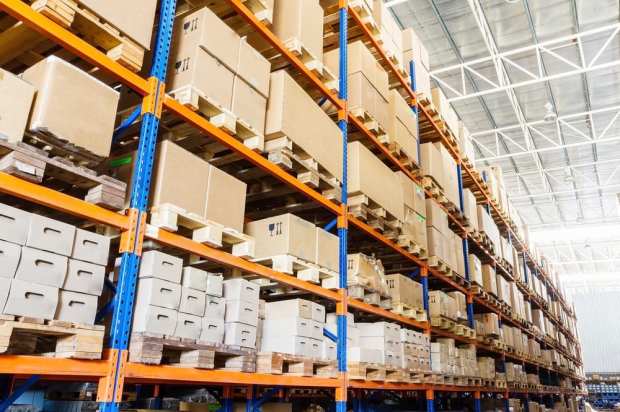Pandemic Propels Big Demand For ‘Big-Box’ Warehouses

The demand for giant warehouses has surged due to the boost the COVID-19 crisis has given to eCommerce, a new report said.
“Pandemic-induced growing reliance on eCommerce retailers for basic goods fueled demand for industrial ‘big-box’ product, as supply chains continued to be right-sized, shifting away from ‘lean’ inventory strategies that proved sound in the past,” noted the mid-year report, issued by Colliers.
The Big-Box Market Report, launched in 2016, covers the industrial real estate sector. Colliers said that what it calls a big-box warehouse does not pertain to a “big-box” retailer like Walmart or Target, but refers to a building that might serve a retailer’s warehouse operations.
The new report added that “as evidence of the need for warehouse and distribution space despite the global pandemic slowdown, net occupancy gains for bulk industrial space totaled nearly 79.8 million square feet at mid-year, up 51 percent over the 52.8 million square feet transacted at mid-year 2019.”
In addition, the report said that “a total of 96.5 million square feet of new supply was added to the market, and an additional 170.7 million square feet of big-box space remains under construction.”
A report from July predicted that the U.S. will need one billion additional square feet of warehouse space by 2025 due to the fast growth of eCommerce. The report, from real estate consultancy JLL, said that the need for fulfillment centers, which primarily serve eCommerce, is driving 50 percent of today’s industrial transactions, compared to 35 percent before the COVID-19 crisis.
Chris Caton, head of global strategy and analytics for Prologis, told JLL that his company estimates that eCommerce will “require 1.2 million square feet of distribution space for each $1 billion in sales, which means eCommerce requires three times the space of traditional through-put distribution.”
Meanwhile, the battle between Walmart and Amazon for consumers’ cash continues to intensify.
